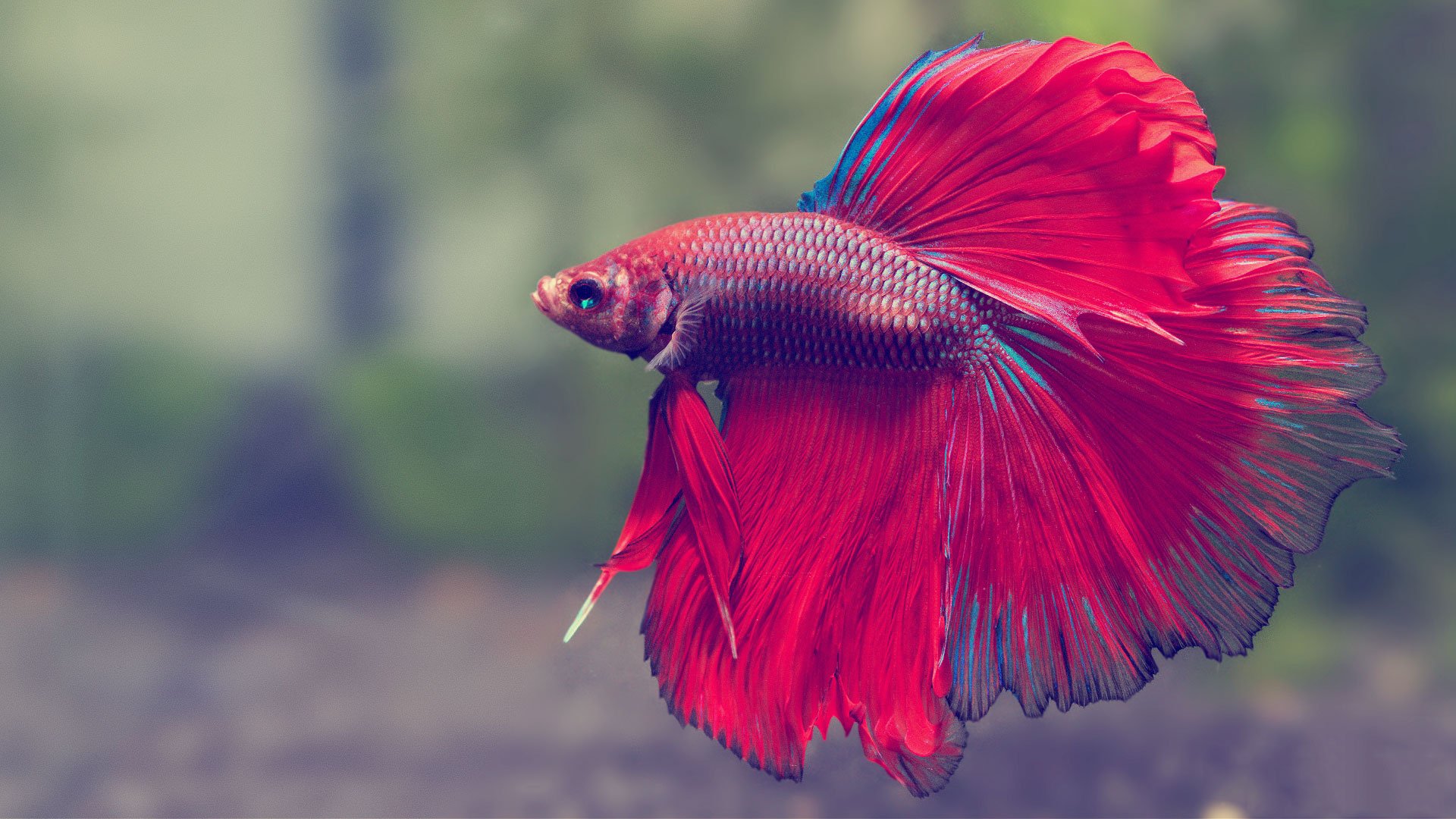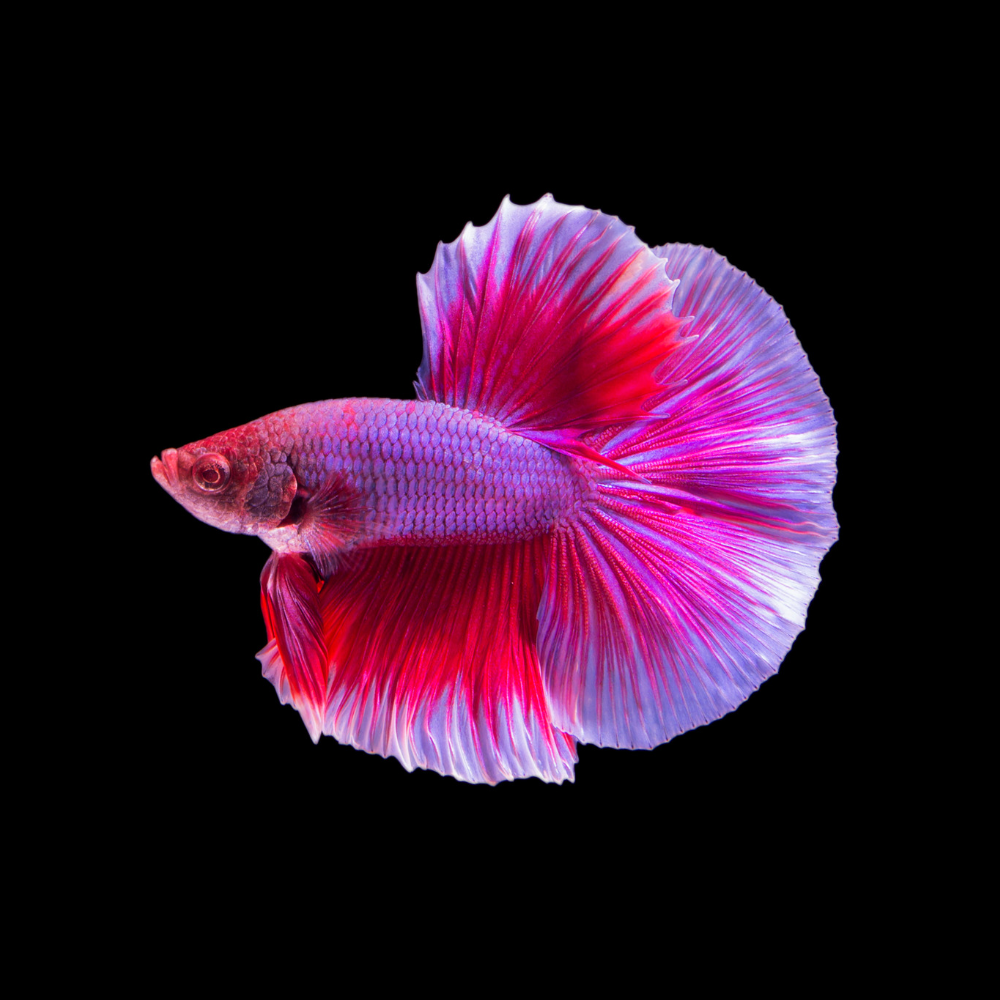Exactly how to Choose the Right Betta Fish for Your Fish tank
Exactly how to Choose the Right Betta Fish for Your Fish tank
Blog Article
Breeding Betta Fish: a Comprehensive Step-By-Step Guide to Efficiently Raising Infant Bettas From Eggs to Adulthood
Reproducing Betta fish is a thorough endeavor that needs careful preparation and implementation to make certain the effective growth of fry from eggs to grow fish. As the male Betta carefully constructs a bubble nest and guards the priceless eggs, the succeeding phases of care and shift need focus to information and knowledge of finest techniques.

Picking Reproduction Pairs
When getting started on the trip of breeding Betta fish, picking the best breeding sets is critical to achieving preferable characteristics and a healthy lineage - betta fish. The very first step in this process is to identify the details qualities you wish to improve or preserve, such as color, fin kind, and body shape. It is necessary to select genetically diverse sets to avoid inbreeding, which can bring about health concerns and unwanted qualities
Review potential reproducing candidates very carefully. A healthy male Betta ought to exhibit lively shades, an active demeanor, and well-formed fins, while the woman needs to also show vibrant coloration and a rounded belly, suggesting preparedness for spawning. Observing the temperament of both fish is essential, as aggressive or extremely timid individuals might not reproduce successfully.
Maintaining records of the parent fish's ancestry can aid you track hereditary qualities and possible concerns. Inevitably, spending time in the option process will dramatically boost the chance of creating strong, dynamic children that meet your breeding goals.

Preparing the Reproduction Container
Producing an optimal reproduction environment is a vital step after picking appropriate sets for Betta fish. The breeding tank need to be particularly designed to give comfort and stimulate the all-natural breeding actions of the fish. Begin with a tank dimension of a minimum of 10 gallons to make certain appropriate room for both the male and women Bettas.
Maintain a gentle purification system to maintain the water clean while staying clear of solid currents that can stress the fish. In addition, an air stone can be included to provide oxygenation without interfering with the water surface excessive.
Temperature level guideline is vital; go for a secure series of 78-82 ° F(25-28 ° C) making use of a reliable heating system. The pH level should be preserved in between 6.5 and 7.5, and regular water modifications are essential to ensure high water high quality.
Include drifting plants or spawning sponges to develop concealing spots for the woman, while likewise urging bubble nest structure by the man - betta fish. Ensure the tank is totally free from sharp designs and any type of possible threats, as the well-being of the fish should always be prioritized during this vital phase of breeding.
The Breeding Process
Normally, the reproducing process for Betta fish includes a collection of distinctive and visible actions that show preparedness for recreation. The male Betta starts by constructing a bubble nest at the water's surface area, which acts as a site for the fertilized eggs. This nest is important, as it provides a safe environment for the eggs until they hatch out.
As soon as the nest is established, the male will show courtship habits, such as flaring his fins and displaying dynamic colors to bring in the woman. The woman, upon sensing the man's preparedness, will certainly react by showing upright red stripes along her body, indicating her receptiveness.
The fed eggs after that drop to the bubble nest, where the male very carefully gathers and returns them to the nest. Following this, the male assumes obligation for safeguarding the nest and guaranteeing the security of the eggs up until they hatch out, generally within 24-36 hours.
Taking Care Of Betta Fry
Caring for Betta fry calls for mindful attention to their setting and nourishment to view it make certain healthy and balanced growth and growth. After hatching, Betta fry are incredibly little and prone, requiring a steady and tidy habitat.
Feeding Betta fry is equally important. Initially, they must be provided infusoria or finely smashed high-quality fry food, as their mouths are as well little to handle larger fragments. As they expand, you can slowly present larger foods, such as baby brine shrimp or powdered flakes, to guarantee they get appropriate nourishment. Feed them percentages several times a day, taking care not to overfeed, which can cause water top quality problems.
Transitioning to Adult Bettas
As Betta fry mature, transitioning them to grown-up Bettas is an important phase that needs visit homepage cautious administration of their atmosphere and social communications. This process typically begins when the fry reach around 6 weeks of age, at which point they can be progressively presented to an extra structured living setting.
To facilitate this change, it is vital to ensure that the water criteria-- such as temperature, pH, and ammonia levels-- are optimum and stable. Grown-up Betta fish thrive in cozy water (around 78-80 ° F) with a pH of 6.5 to 7.5. Gradually accustom the fry to these problems to reduce stress and anxiety.
Social interactions are an additional essential variable; male Bettas are infamously territorial and hostile. It is a good idea to separate men into private tanks as they mature. Female Bettas can be housed with each other, yet care should be required to keep track of for indicators of aggression.
In addition, dietary changes ought to be made as the fry grow. Include premium pellets and live foods to sustain their development and health. By taking care of these aspects properly, you can promote a why not check here successful change to the adult years for your Betta fish.

Final Thought
Effective reproduction of Betta fish requires mindful attention to information throughout the whole procedure, from selecting genetically diverse pairs to offering optimum treatment for fry. Additionally, a balanced diet regimen and gradual adjustment to grown-up settings are critical for the development and development of Betta fish.
Report this page